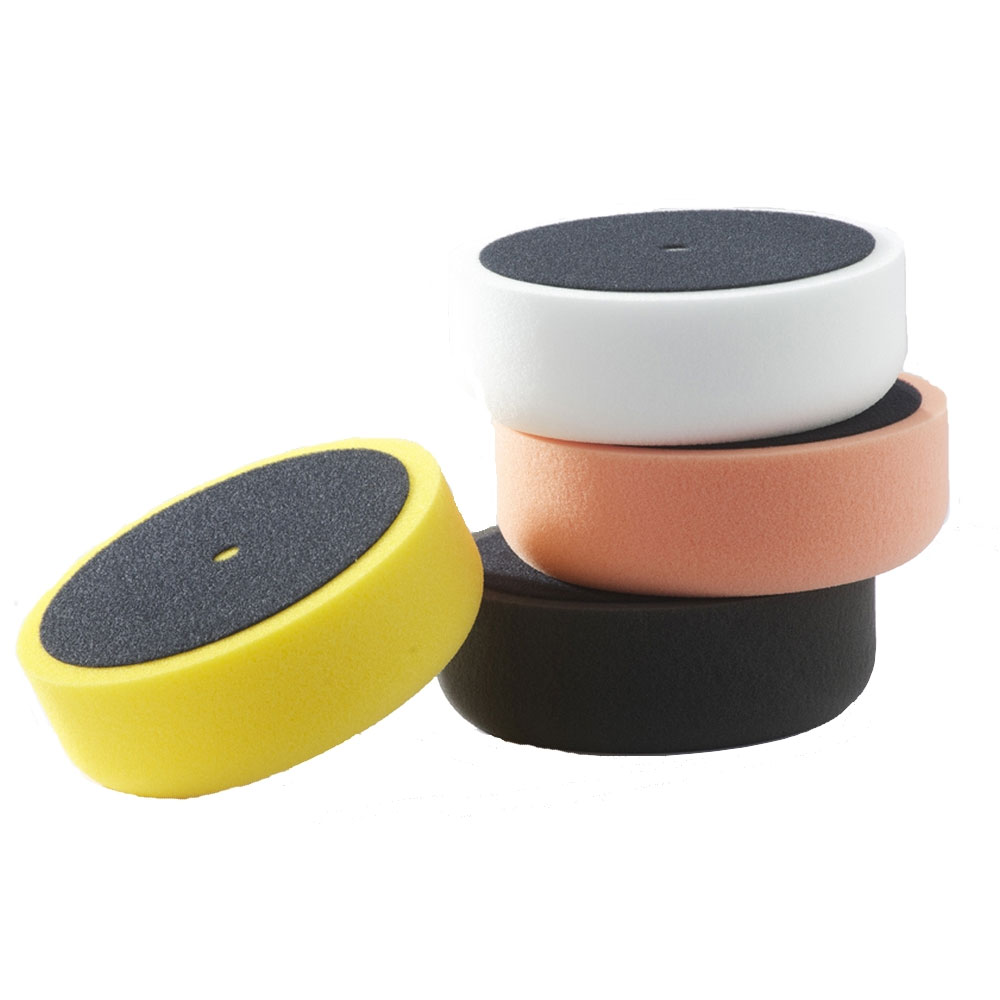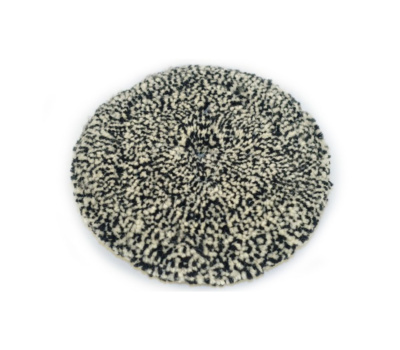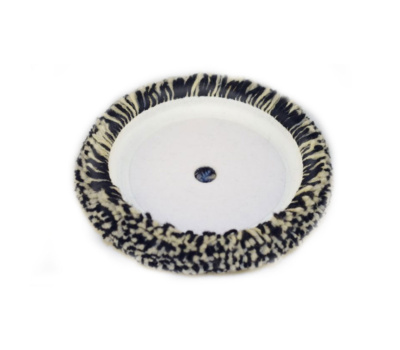Polishing Sponge available in four hardnesses, the handle is made of very strong turnip, reusable, which provides positive retention of the sponge polishing machine.
| Size | Color | Recommended backing plate | Code |
|---|---|---|---|
| ∅ 150 mm | white | “Soft” backing plate – ∅120 / “Universal” backing plate – ∅120 / “Universal” backing plate – ∅150 | 300000384 |
| ∅ 150 mm | pink | “Soft” backing plate – ∅120 / “Universal” backing plate – ∅120 / “Universal” backing plate – ∅150 | 300000385 |
| ∅ 150 mm | yellow | “Soft” backing plate – ∅120 / “Universal” backing plate – ∅120 / “Universal” backing plate – ∅150 | 300000386 |
| ∅ 150 mm | black | “Soft” backing plate – ∅120 / “Universal” backing plate – ∅120 / “Universal” backing plate – ∅150 | 300000387 |


The heads from the Long Life series are made of 100% premium natural sheep wool.

One-sided heads from the Long Life series are made of 100% premium natural sheep wool.

Double-sided polishing wool is made from 100% natural wool. Ideal for removing scratches and mates
Do not add more hardener, because after the base has cured, the remaining hardener will react with subsequent layers, which will be applied to the surface and cause defects. For the product to work properly, please follow the proportions given by the manufacturer.
Yes, you can paint the bottom of the boat with polyurethane paint due to its high mechanical strength. We recommend this solution when the boat is not launched for a long time and is not exposed to fouling.